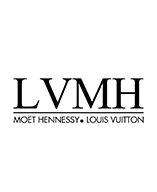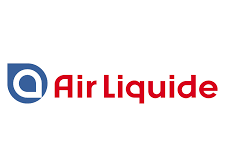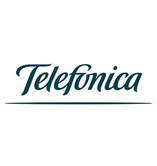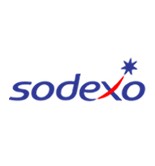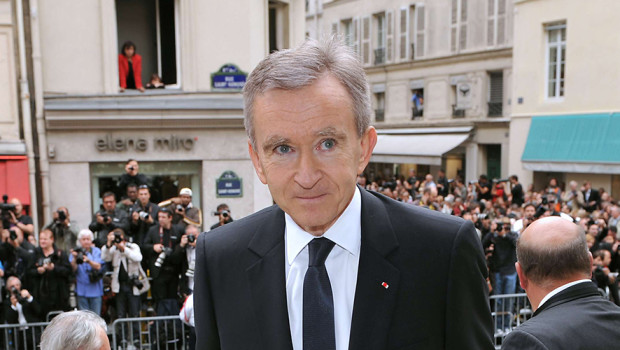LVMH is a French international luxury-goods giant headquartered in Paris, France. The company is led by world-renowned billionaire Bernard Arnault.
LVMH is home to 70 different Houses among 6 different sectors. These six sectors are :
- Wine & Spirits (Moët, Hennessy, Dom Pérignon)
- Fashion & Leather Goods (Louis Vuitton, Berluti, Fendi)
- Perfumes & Cosmetics (Guerlain, Givenchy, Christian Dior)
- Watches & Jewelry (TAG Heuer, Bvlgari, Hublot)
- Selective Retailing (Le Bon Marché Rive Gauche, Sephora)
- Lifestyle, Culture & Arts (Les Échos, Cheval Blanc)
History
From a merger to a global powerhouse – the inception of LVMH
The company was formed in 1987 by the merger of the fashion house Louis Vuitton with Moët Hennessy, a company formed after the merger of the champagne producer Moët & Chandon and the cognac producer Hennessy in 1971.
After spending around $3 billion for controlling purposes by 1989, Bernard Arnault was elected chairman of the LVMH executive board. 11 years later, the market value of LVMH had multiplied by more than 15. During this tremendous growth, sales and profits grew by 500%. Since his election, Bernard Arnault has driven LVMH to be one of the largest luxury giants in the world. Mr Arnault also promoted the decentralisation of each of the group’s brands. As a result,, each brand under the LVMH helm is seen as having their own personal identity and background. However, the strongest and most valuable brands in the company help finance and support other brands under LVMH.
In July 1988 Bernard purchased the leather-goods retailer, Céline. 5 years later LVMH acquired Berluti, Kenzo, and the French newspaper La Tribune.
Guerlain Perfume was acquired by LVMH in 1994, the Spanish luxury fashion house Loewe in 1996, Marc Jacobs and Sephora in 1997, Thomas Pink in 1999, Emilio Pucci in 2000, and Fendi, DKNY, and La Samaritaine were purchased in 2001.
In the 1990’s Arnault made the decision to open a center in New York City to symbolise and celebrate the success of LVMH in the United States. He chose the French architect Christian de Portzamparc to build the LVMH Tower In New York which opened in December 1999.
The noughties – consolidating LVMH’s international presence
After the opening of the LVMH Tower in 1999, a training center for LVMH group leaders opened its doors in 2000 in London. LVMH is also concerned about our the state of our planet: during a Louis Vuitton Expo in 2005 in Aichi, Japan, an exhibit of a salt platform was on display. This exhibit symbolised LVMH’s commitment to the protection of the environment. During that same year, the Watches & Jewelry House of LVMH became a part of the RJC, the Responsible Jewellery Council. In 2006, as a tribute to their ties with the United States, Moët & Chandon honoured the 120th anniversary of this bond by lighting up the Statue of Liberty.
LVMH’s brand Fendi made a statement on the fashion world in 2007 when they held a show on The Great Wall of China. A year later, in 2008, LVMH lent a helping hand to the Picasso and Masters Exhibit in Paris. Nowness was founded in 2009. Nowness is a digital platform that creates exclusive content for art, culture, and fashion. 2010 was a big year for LVMH. The luggage bag designed by LVMH’s brand, Céline, became a must have item right from its debut. LVMH also partnered with the French Pavilion during an Expo in Shanghai. LVMH joined with the prestigious Central Saint Martins in 2010. This partnership demonstrated both Groups’ commitment to welcoming students from the school to its Houses and distributing study grants.
Refining LVMH’s already polished image
In 2011, the same architect who designed the LVMH Tower in NYC, Christian de Portzamparc, designed an incredibly modern winery, the Château Cheval Blanc in Bordeaux, France. During that same year, LVMH launched the first edition of Journées Particulières and opened its doors to the common public. A year later in 2012, LVMH’s brand KENZO unveiled its new logo, a majestic tiger, which instantly became an icon of the House.
2013 was another grand year for LVMH. LVMH launched the LVMH Prize for Young Fashion Designers, which demonstrates the abilities and talents of young and eager fashion designers. LVMH opened its new Perfumes and Cosmetics research center, Hélios, in the same year in Saint-Jean-de-Braye, France. This building is certified as High Environmental Quality, another demonstration as to how LVMH is thinking about the well-being of our planet. Finally, in 2013, LVMH opened the doors to its second Cheval Blanc hotel on the island of Randelhi, a central location in the archipelago of the Maldives. Last year, LVMH inaugurated the Fondation Louis Vuitton. This building, built on the west side of Paris and designed by Frank Gehry, was designed to display the ingenuity of the 21st century with its design and display contemporary art.
Key facts
- There are 70 exceptional and world-class Houses under the LVMH mark.
- The company generated 30,6 million euros in revenue in 2014.
- There are 120,000 employees currently working for LVMH around the world.
- 74% of the employees are female
- 81% of the employees work in countries other than France
- 5 brands are younger than 5 years in existence

